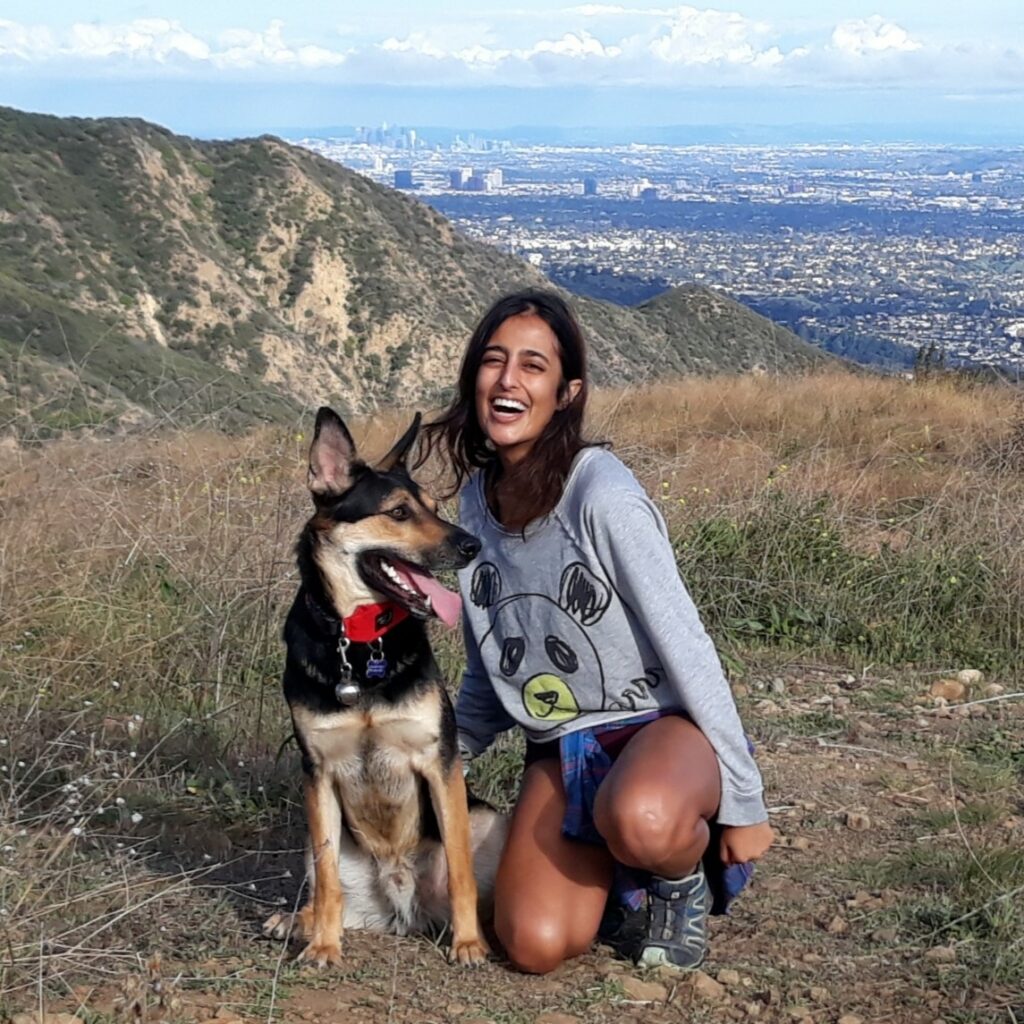
Ashna Aggarwal
Ashna Aggarwal is a PhD student at UCLA, joining SpinLab in 2016. Her thesis work includes understanding the fundamental fluid dynamics behind magnetohydrodynamic phenomena, such as magnetic truncation of planetary jet flows observed at the surface of the gas giants, Jupiter and Saturn (https://spinlab.epss.ucla.edu/?page_id=1420). For this project, she developed a novel numerical code, Dynamics of Gas Giants (DoGG). More broadly, she is interested in the underlying mechanisms behind planetary scale fluid processes such as rotating convection and turbulence.
Email: aaggarwal01@email.wm.edu
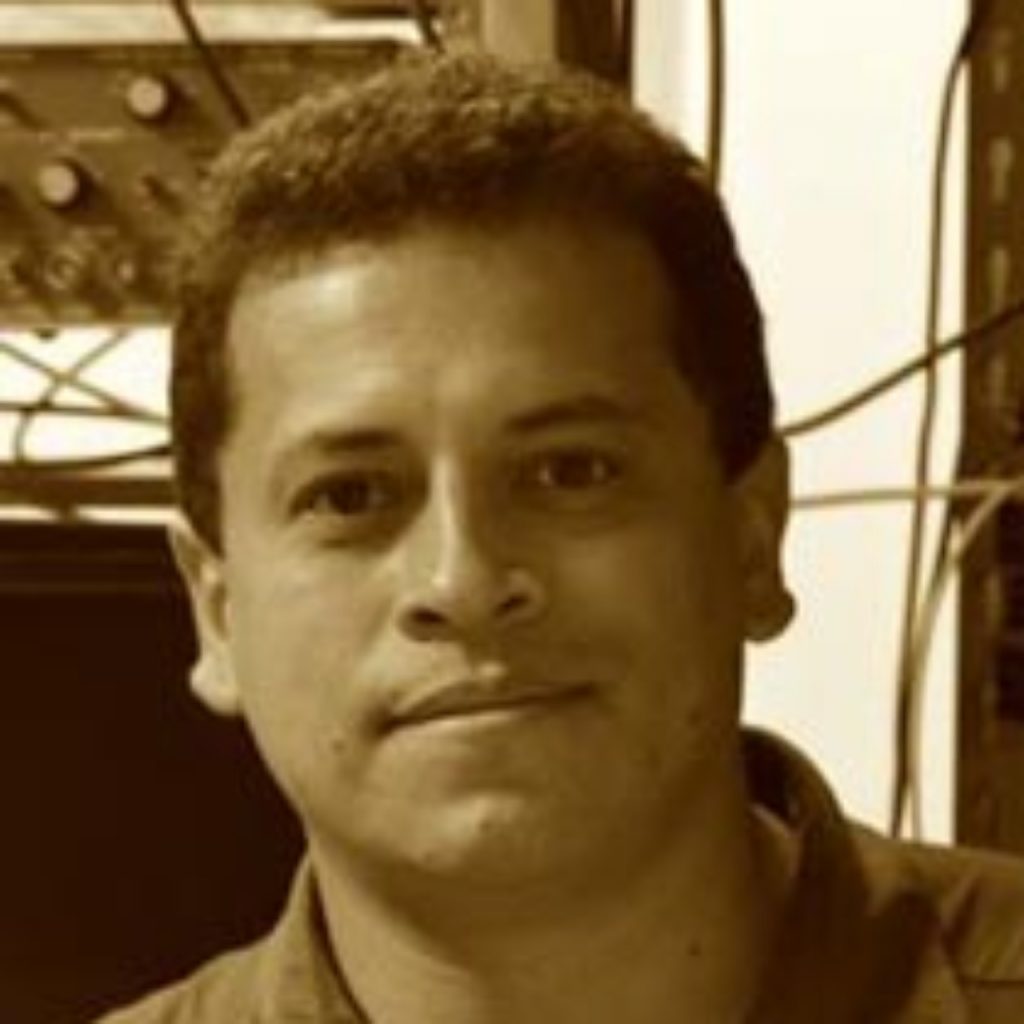
Serapio M. Baca
Assistant Researcher in UCLA’s Neurology Department, Serapio M. Baca developed the imaging system used in our original libration experiments (Noir et al., 2009). http://hartp.neurology.ucla.edu http://serapiobaca.org
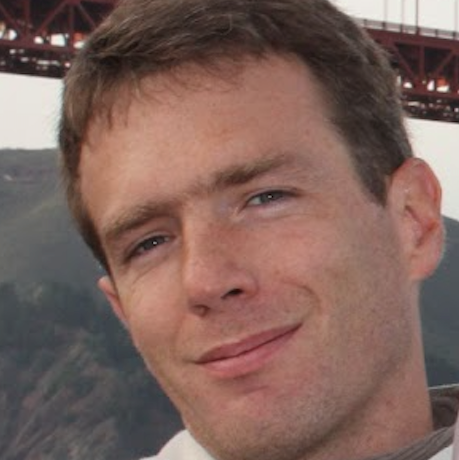
Michael Le Bar
CNRS researcher Michael Le Bars visited for the 2012 – 2013 academic year via a Marie Curie Fellowship. During this time, he set up and carried out a novel experiment study of convectively-driven gravito-inertial waves using water near 4 degrees C. In addition, he worked with Alex Grannan on studies of libration-driven turbulence as a possible driver of interior planetary fluid dynamics and with Jean-Baptiste Wachuel on the breakup of liquid metal diapirs in modeling the formation of Earth’s core.
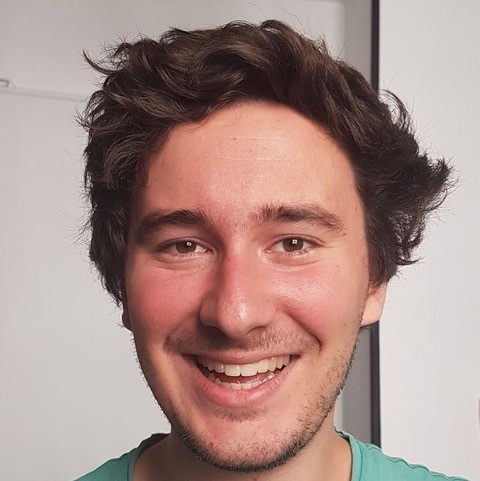
Vincent Bertin
For his master’s internship in, Vincent visited UCLA in the summer of 2016 and worked with Alex Grannan to run a suite of liquid metal, rotating convection experiments on the RoMag device. Vincent is working on his PhD in Soft Condensed Matter Physics at ESPCI Paris(https://vincent-bertin.github.io), with an expected graduation date in late 2021.
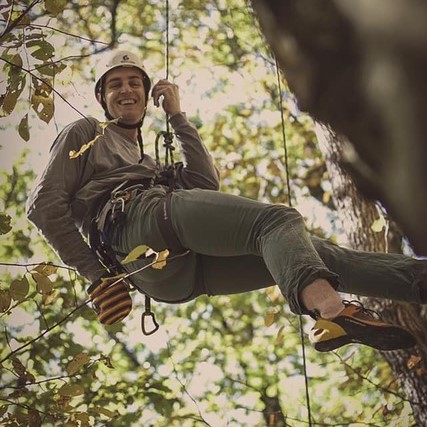
Jon Bridgeman
JGB worked in the SpinLab from 2014 – 2105, where he designed the NoMag video system and created outreach videos for the YouTube page (e.g., https://youtu.be/ugc1NWG0K0s). After studying deltaic and coastal geology at Tulane University in New Orleans (Masters 2019), he returned to Los Angeles and works in environmental consulting.
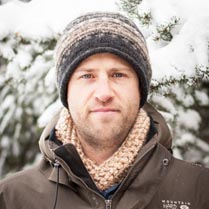
Michael Calkins
For his Ph.D. project, Mike developed novel high resolution quasi-two-dimensional models of planetary core convection and librationally-driven fluid dynamics. For this work, he was awarded an NSF postdoctoral fellowship. He went on to conduct research in rotating convective turbulence and dynamo action at CU Boulder in the Department of Applied Mathematics. http://amath.colorado.edu/people/michael-calkins http://spot.colorado.edu/~mica5951/Home.html http://spot.colorado.edu/~mica5951/Research.html
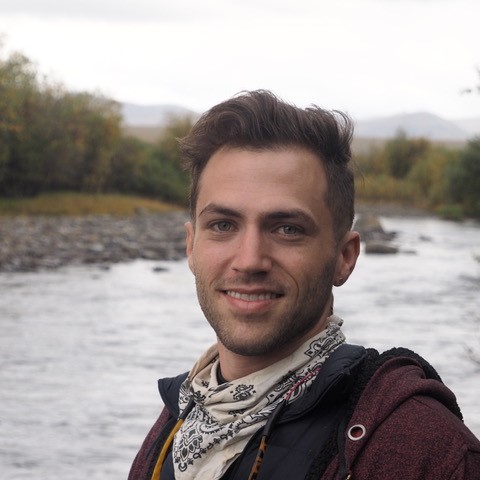
Austin Chadwick
As an undergraduate research intern in the SpinLab in 2013-2014, Austin tested and calibrated laser Doppler velocimetry hardware and software for use in NoMag experiments. He was also involved in lab outreach, designing interactive classroom projects to introduce undergraduates to geophysical data collection and modeling (e.g., https://youtu.be/cbziHTjk2dI). He went on to research river hydrodynamics and geomorphology at Caltech, where he earned his PhD in 2020, and at the University of Minnesota, where he is currently employed as postdoctoral researcher.
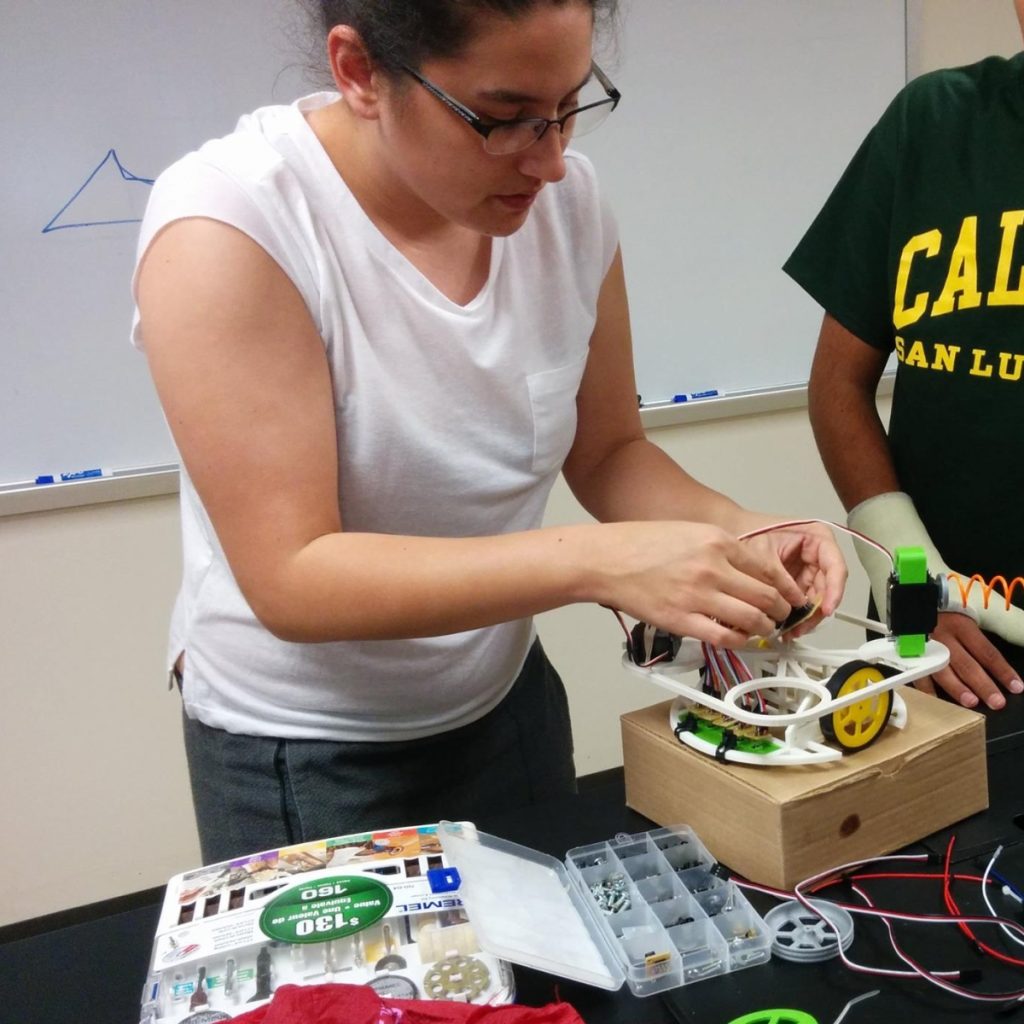
Andrea Chalrson
While at SPINLAB, AJ investigated the kinetic reversibility of the cylindrical magneto-Couette system. Her work was displayed at APS’s Gallery of Fluid Motion in 2019; https://gfm.aps.org/meetings/dfd-2019/5d8027c8199e4c429a9b3175. As of Fall 2020, she will start a master’s program in applied physics at TU Delft in the Netherlands.
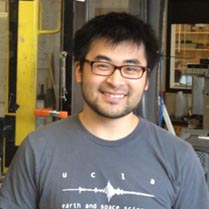
Jonathan Cheng
For his Ph.D. work, Jonathan Cheng has carried out rotating convection experiments in tall tanks of water in order to test asymptotic scaling arguments relevant to planetary core dynamics. In addition, he led the design of our new experimental device NoMag.
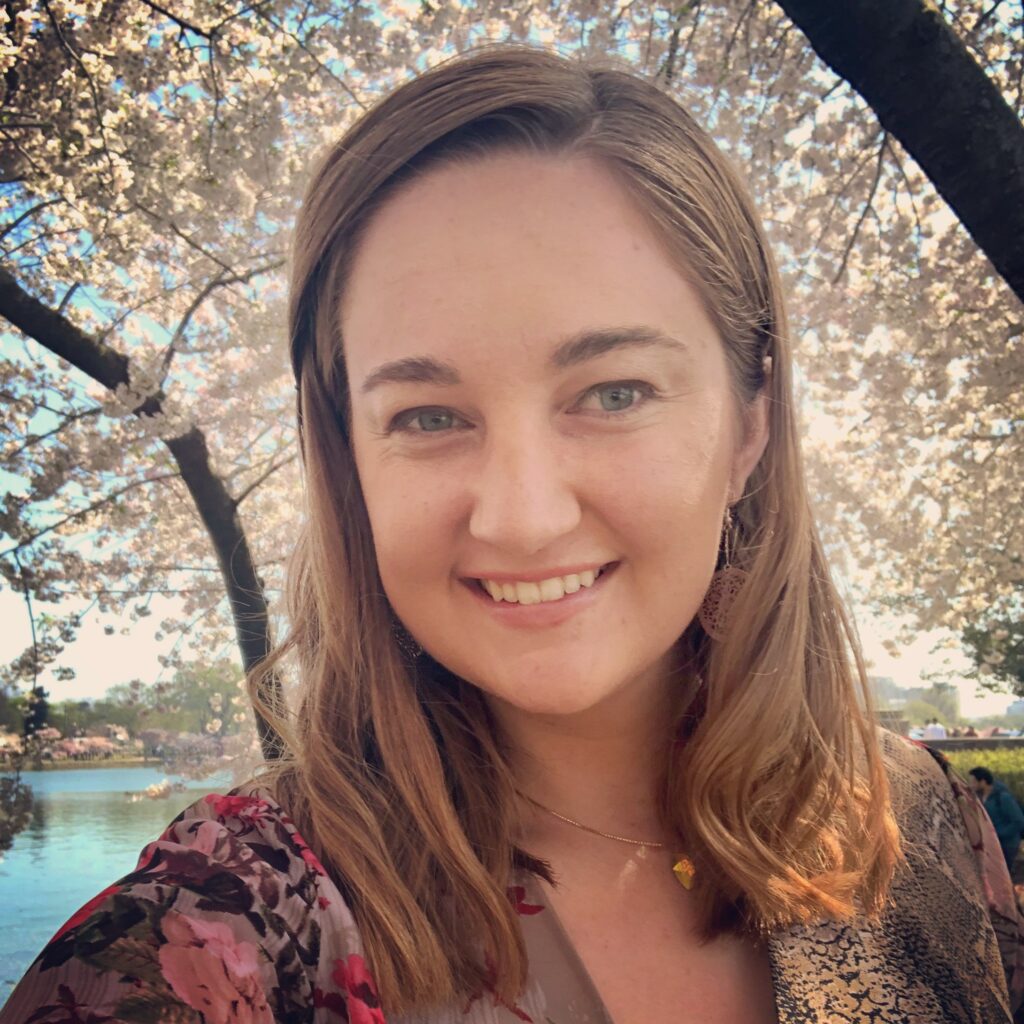
Christina Daniel
Christina worked on the NoMag team her sophomore and junior years at UCLA (Aerospace Engr. BS 2017?), focussing mainly on the assembly of NoMag’s heat exchanger and building the de-gassing chamber and gravity feed fill system. In the spring of 2020, Christina is working on many-body quantum theory in Georgetown University’s Physics Department for her Ph.D research.

Guillaume Fabre
During Summer 2014, Guillaume did an internship at Spinlab working on the RoMag Device, and more specifically on the visualization of experimental data. After graduating at Ecole Normale Supérieur de Lyon, he joined the Mines de Paris, a top French Engineering School. Since 2016, he has been working for Veolia, the global leader in optimized resource management and more precisely, in the IoT subsidiary company called Birdz. There he is doing project management and data analysis concerning drinking water quality.
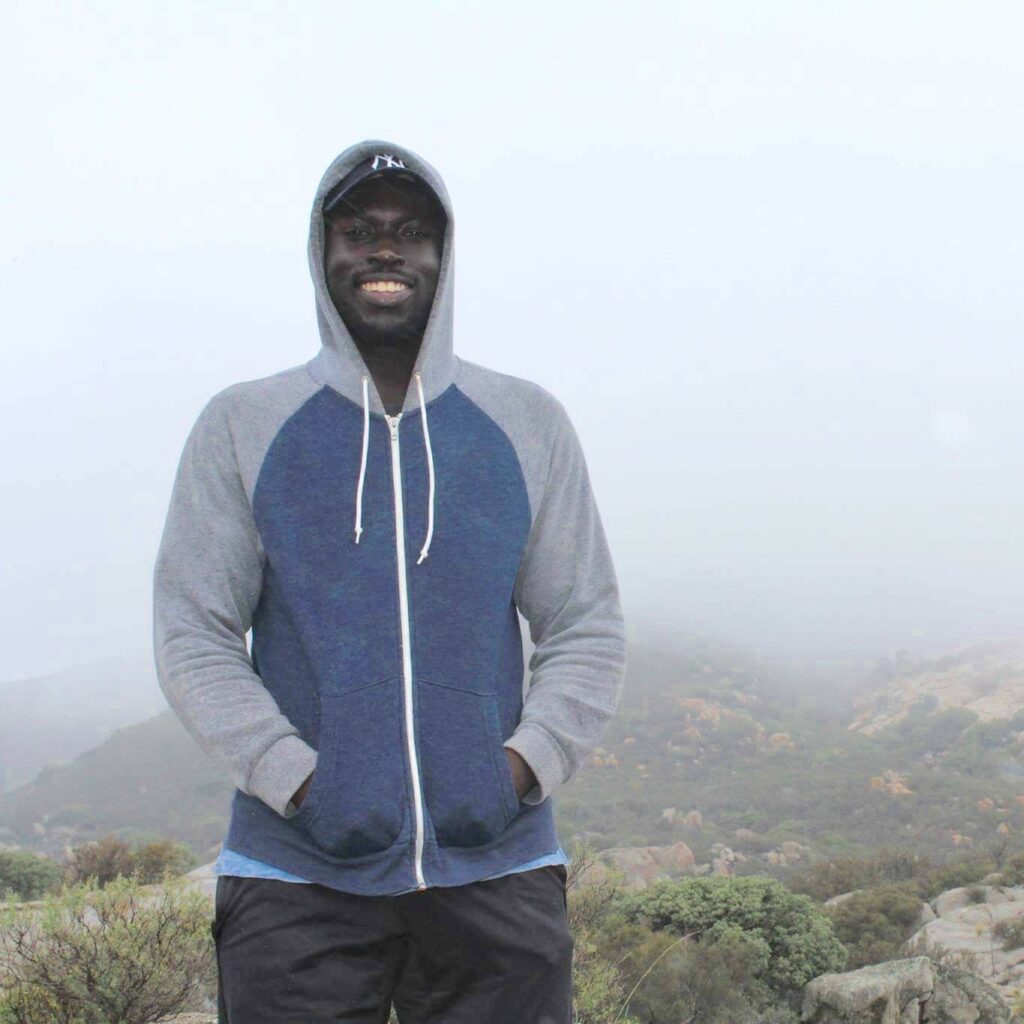
Ernest Gomis
For his undergraduate research at UCLA, Ernest further developed a project yielding Kinematically Reversible Magneto-Couette Flow. This used a magnetic field to generate current between parallel rings filled with conductive fluid, causing a low-Reynolds number flow that is kinematically reversible. Ernest further developed the conductive fluid and apparatus, and actually produced our very first movie of kinematically reversible flow. His research was funded by the Strauss Family Fund for Undergraduate Research. Ernest is currently working as an Analytical Chemist in Long Beach.
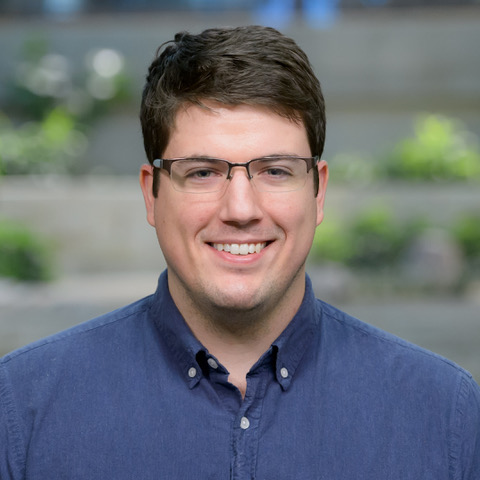
Alex Grannan
As a Ph.D. student from 2011-2017, I conducted laboratory experiments in the Spinlab and the IRPHE lab in Marseille to investigate libration-driven and tide-driven turbulence. I also investigated rotating and non-rotating convection in liquid gallium. In 2018 I joined Argonne National Laboratory as a postdoc where I developed software and applications for astrophysics and high energy physics simulations using the multiphysics code FLASH. In 2020 I transferred to nuclear engineering at ANL to develop a novel set of laboratory heat transfer experiments to validate nuclear reactor cooling blanket designs.
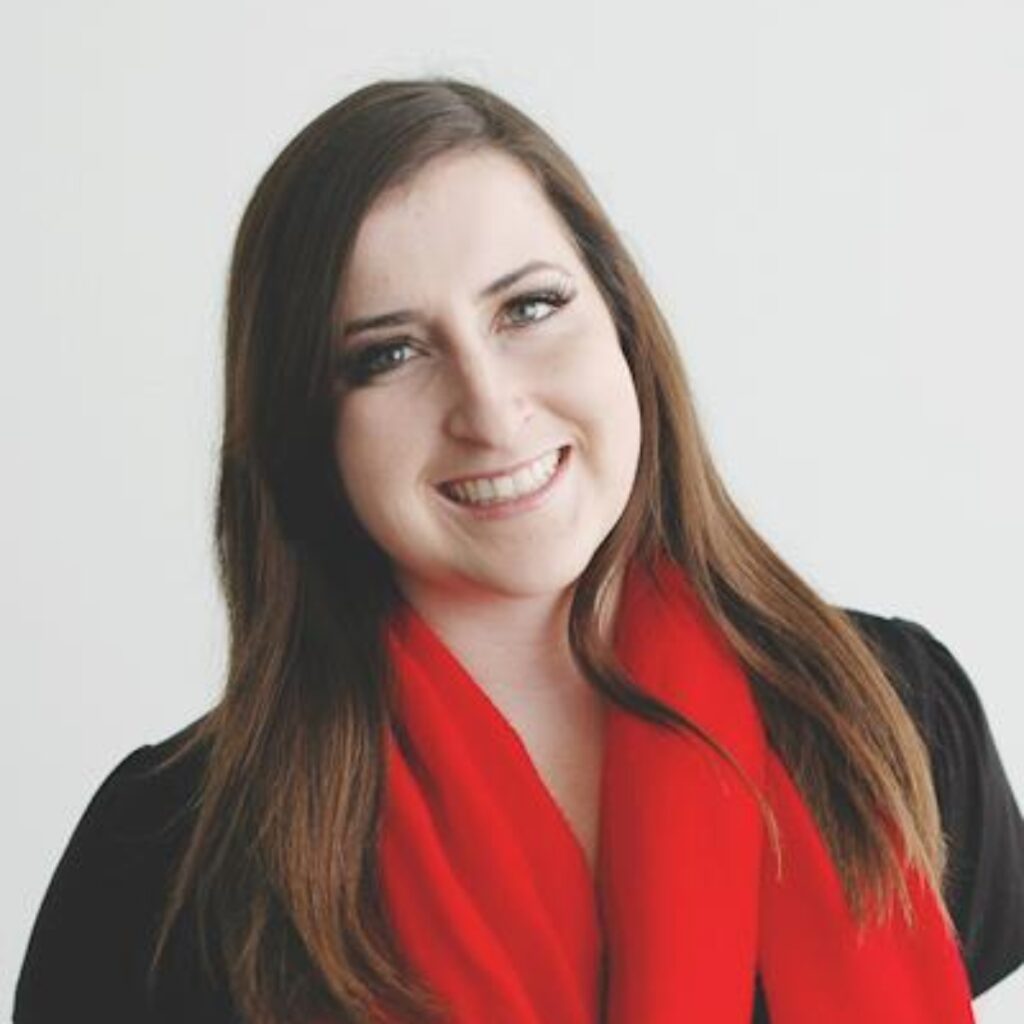
Emily Hawkins
For her Ph.D. work, Emily investigated the properties of rapidly rotating convective turbulence using the new large-scale NoMag device. She completed a novel experimental study to simultaneously measure velocities and heat transfer in rapidly rotating convection. In addition, Emily determined the length scales of turbulent core-style flows through a meta-analysis of available numerical and laboratory datasets. This work enabled her to constrain the conditions under which large-scale flows develop from small-scale turbulence in planetary dynamo settings. Email: emilyhawkins@ucla.edu
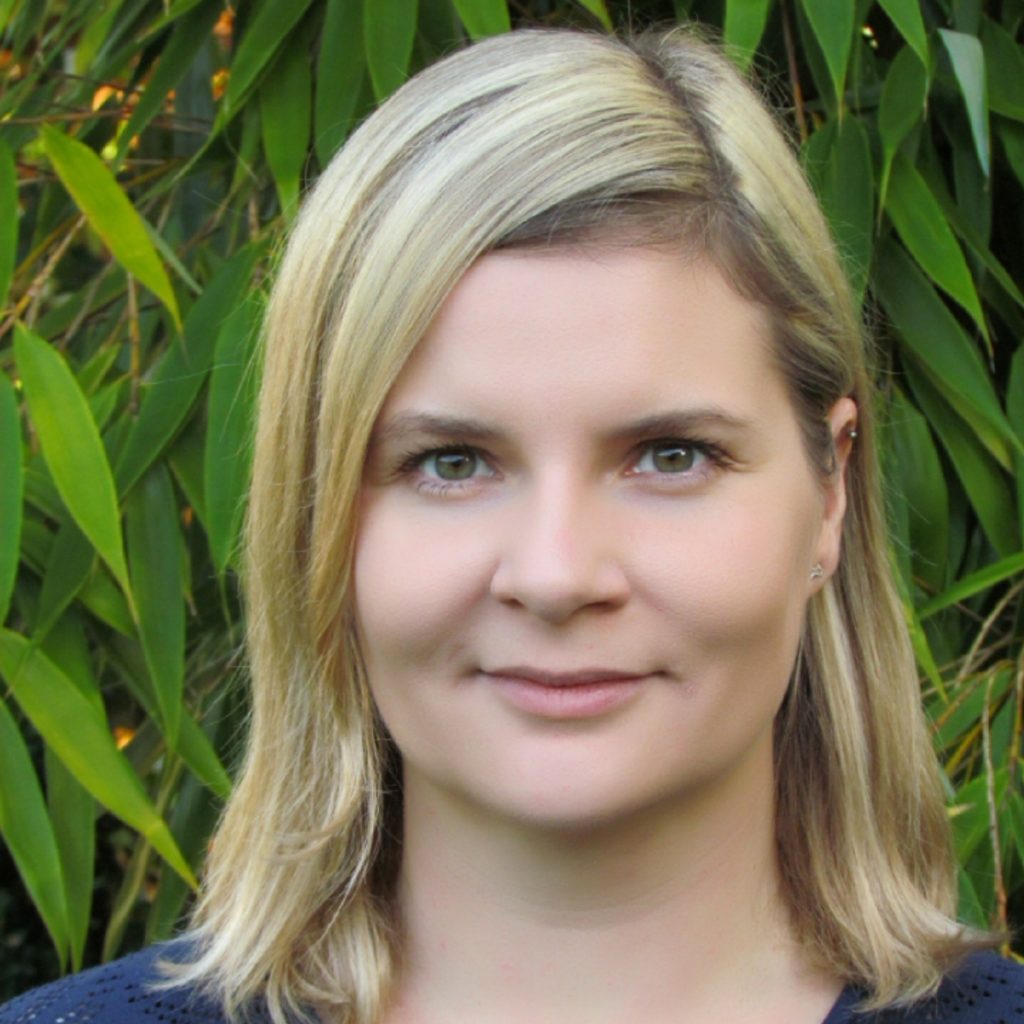
Susanne Horn
Susanne studied convection in liquid metals, rotating convection including centrifugal buoyancy, and rotating magnetoconvection, to name a few, while at UCLA from late 2016 – 2019 via a DFG Postdoctoral Fellowship. She is now a senior lecturer in the Centre for Fluid and Complex Systems at Coventry University in the UK.
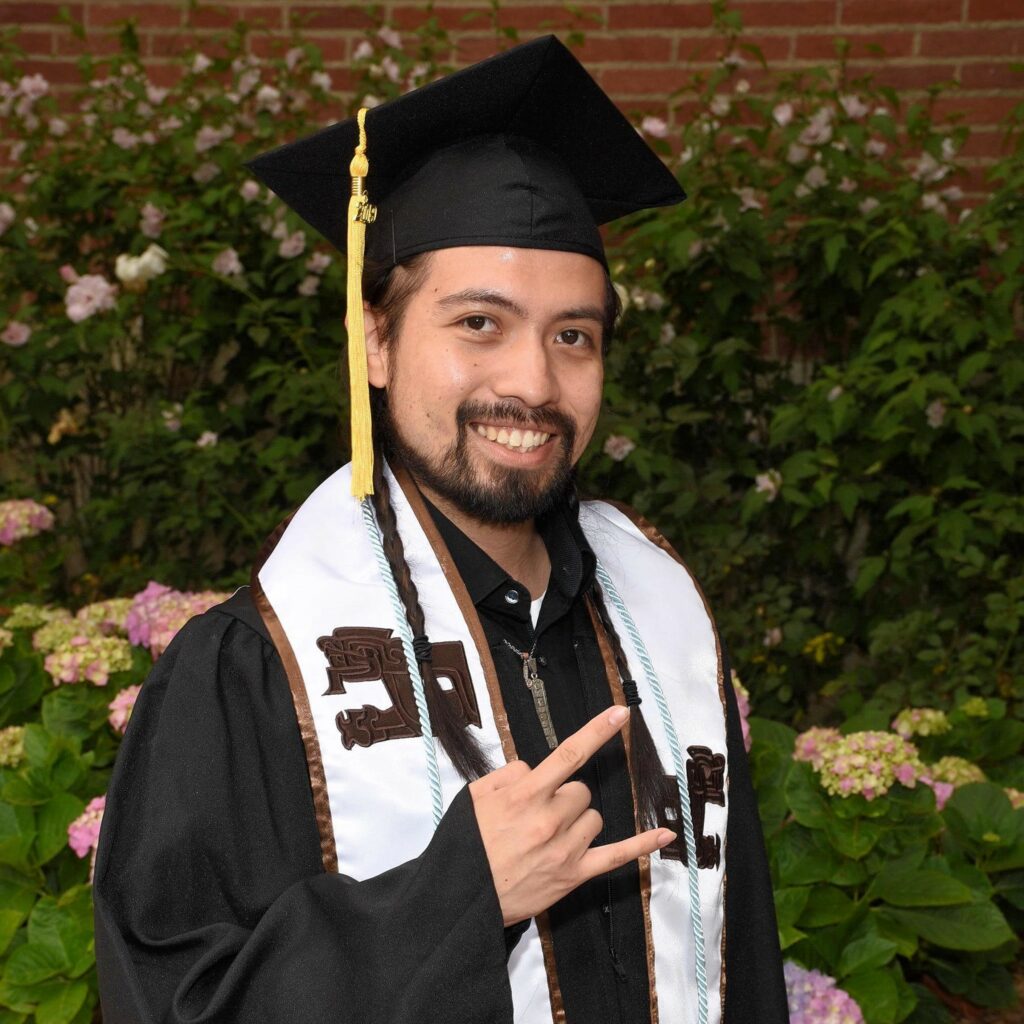
David James
DJ is starting his PhD in EPSS in the fall of 2020. Until then, he will continue the development (aka the reanimation) of the DigiPyRo python script. This script digitally rotates a movie around a selected axis point and allows for single-particle tracking within the digitally rotating frame. The project was originally designed to allow students to experiment with the Coriolis force by selecting their own rotating reference frame using DigiPyRo. However, it is proving to be well-suited for a number of other applications, many relevant to the DIYnamics project as well. Email: davidabraham@ucla.edu

Eric King
For his Ph.D. project, Eric carried out a massive suite of RoMag experiments. His first experimental results led to a paper describing the regimes of rotating convective turbulence in geophysical settings, published in Nature. He was awarded a highly competitive Miller Postdoctoral Fellowship at UC Berkeley, and subsequently a AAAS Fellowship working as the Science and Technology Liaison for USAID. http://eps.berkeley.edu/~eking/EK/Home.html www.gunbygun.org
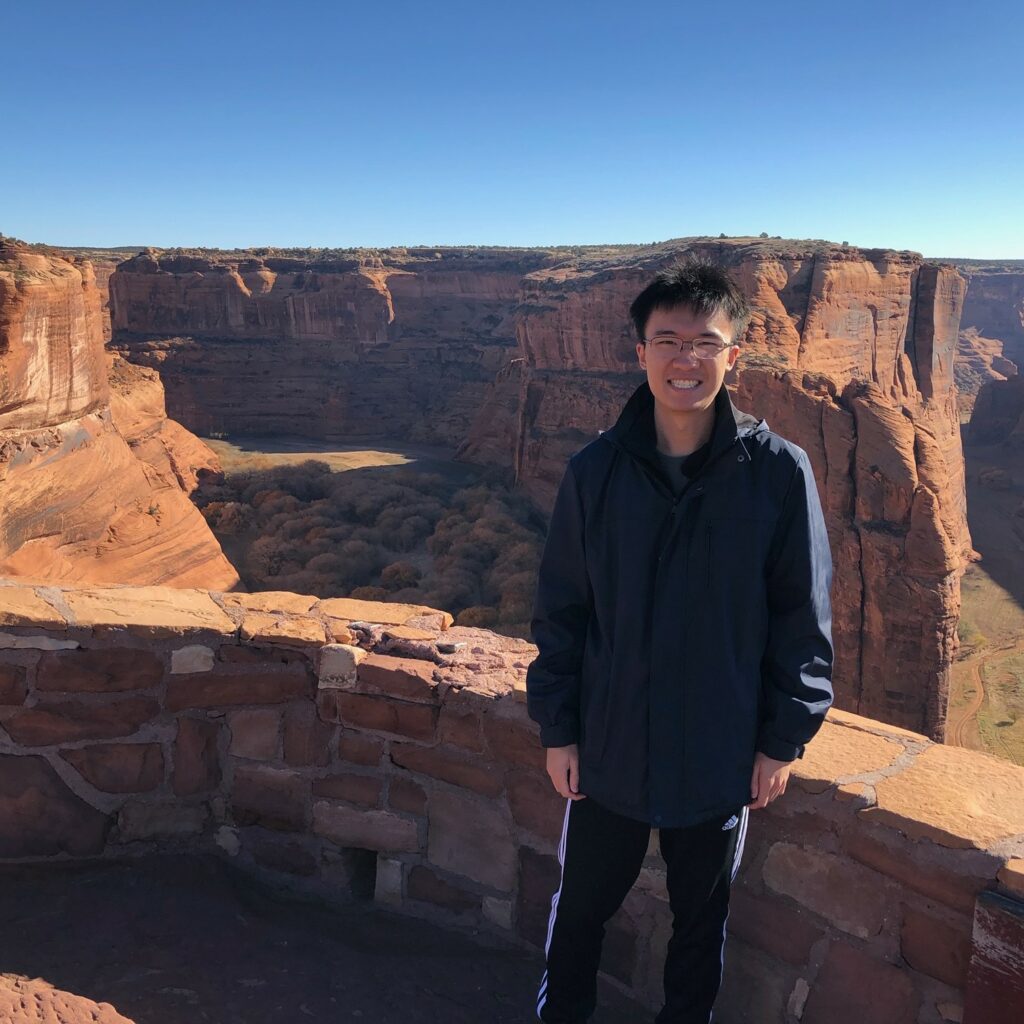
Norris Khoo
For his undergraduate research at UCLA, Norris Khoo worked on developing the Coreaboloid, a novel laboratory model of low latitude planetary core convection. Norris further developed the LEGO-based rotating table for the DIYnamics Project(https://diynamics.github.io/), aimed at fostering the study of geophysical fluid dynamics at all educational levels. The outreach project provides accessible instructional tools with PDF and video guides(http://tinyurl.com/diynamicsvideos) to help individuals perform demonstrations linked to real world weather phenomena (and more!). His research was supported in part by the Straus Family Fund for Undergraduate Opportunity. Norris is currently studying Computer Science at the University of Southern California.
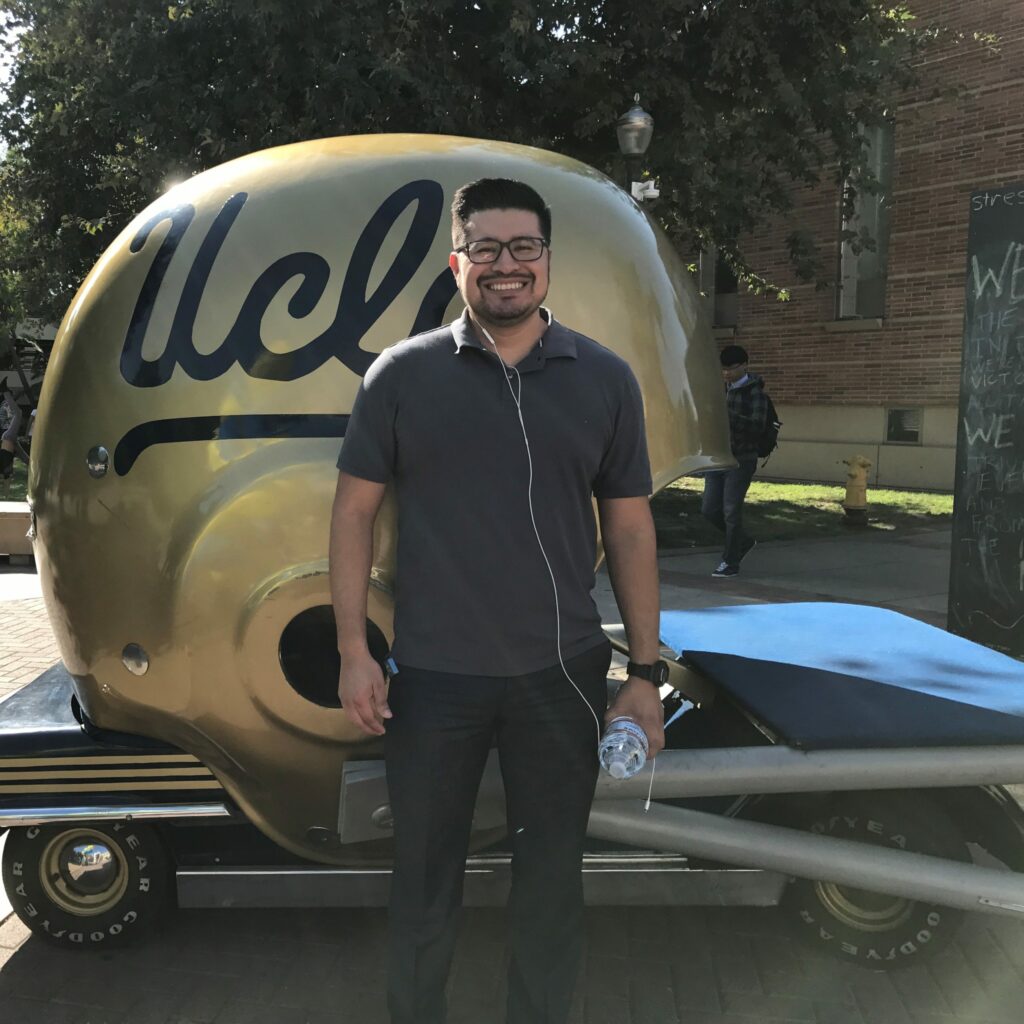
Henry Gonzalez
Henry Gonzalez is currently a Project Manager in both the SpinLab and the Space Magnetism Lab. In the SpinLab, he is primarily coordinating and developing novel laboratory devices. Henry’s broad knowledge in prototyping has paved the way to new modeling systems for understanding the interiors and atmospheres of planets. He is also working on the DIYnamics project, developing a hierarchy of portable DIY systems to be used for demonstrating the basic concepts of geophysical fluid dynamics to any and all comers.
Email: hgonzalez@igpp.ucla.edu
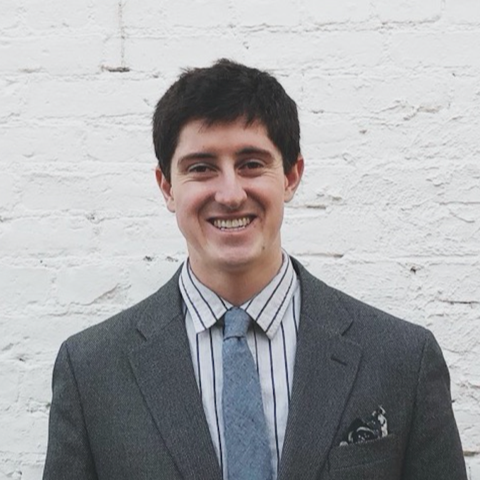
Michael Lavell
While studying with the SpinLab (2015-2016), Michael made learning fluid dynamics accessible to a broad audience outside of academia through educational videos. He designed and filmed experiments investigating phenomena observed in atmospheric dynamics and worked with the SpinLab team to present this work online and through demonstrations at the annual Exploring Your Universe science fair.
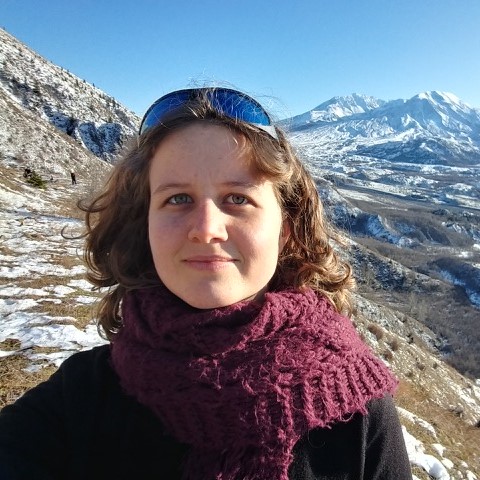
Daphné Lemasquerier
During my internship at SpinLab in the spring of 2016, I ran experiments with Alex Grannan to study the effect of the presence of an inner core on libration-driven flows, and address its relevance for planetary fluid layers (cores and subsurface oceans). I am currently a PhD student at the IRPHE lab in Marseille, working with Michael Le Bars and Benjamin Favier. I am using laboratory and numerical models to study the formation and long-term dynamics of zonal jets such as those observed on gas giants.

Drew Levy
From 2015 to 2016, Drew worked with Abby Wesley on the development of a geology-focused curriculum for the Introduction to Computing for Geoscientists course (EPSS 71). The project resulted in a 200-page handbook of tutorials and example codes covering topics from data input and manipulation to 1D analytical modeling of lithospheric cooling. Drew also worked with Emily Hawkins on a Particle Image Velocimetry (PIV) system to track fluid motions in the NoMag experiment. This PIV project was sponsored by the 2015 California Space Grant Consortium. In 2017, Drew started his Ph.D. in Geology at the University of Nevada, Reno (https://sites.google.com/view/drewalevy). His research focuses on the tectonic evolution of the North American Cordillera in eastern California and Nevada.
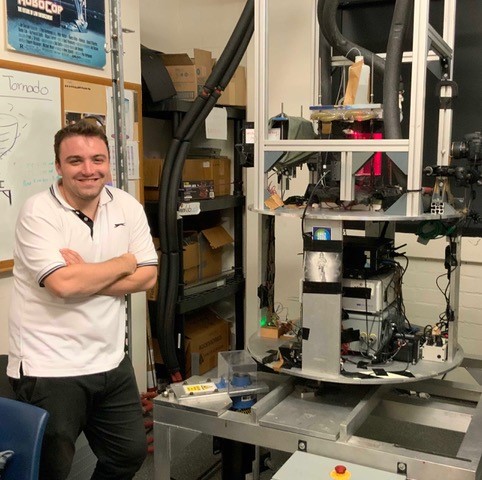
Rob Long
Rob visited SpinLab toward the end of 2019, as a PhD student at the University of Leeds. He uses spherical shell simulations to investigate the fundamental fluid dynamics which may be present in Earth’s outer core. Rob performed a suite of rotating convection experiments with Jewel Abbate and in order to compare heat transfer and flow speeds between lab and numerical models of planetary core flow. Now back in the UK, Rob will finish his Ph.D. in late 2020.
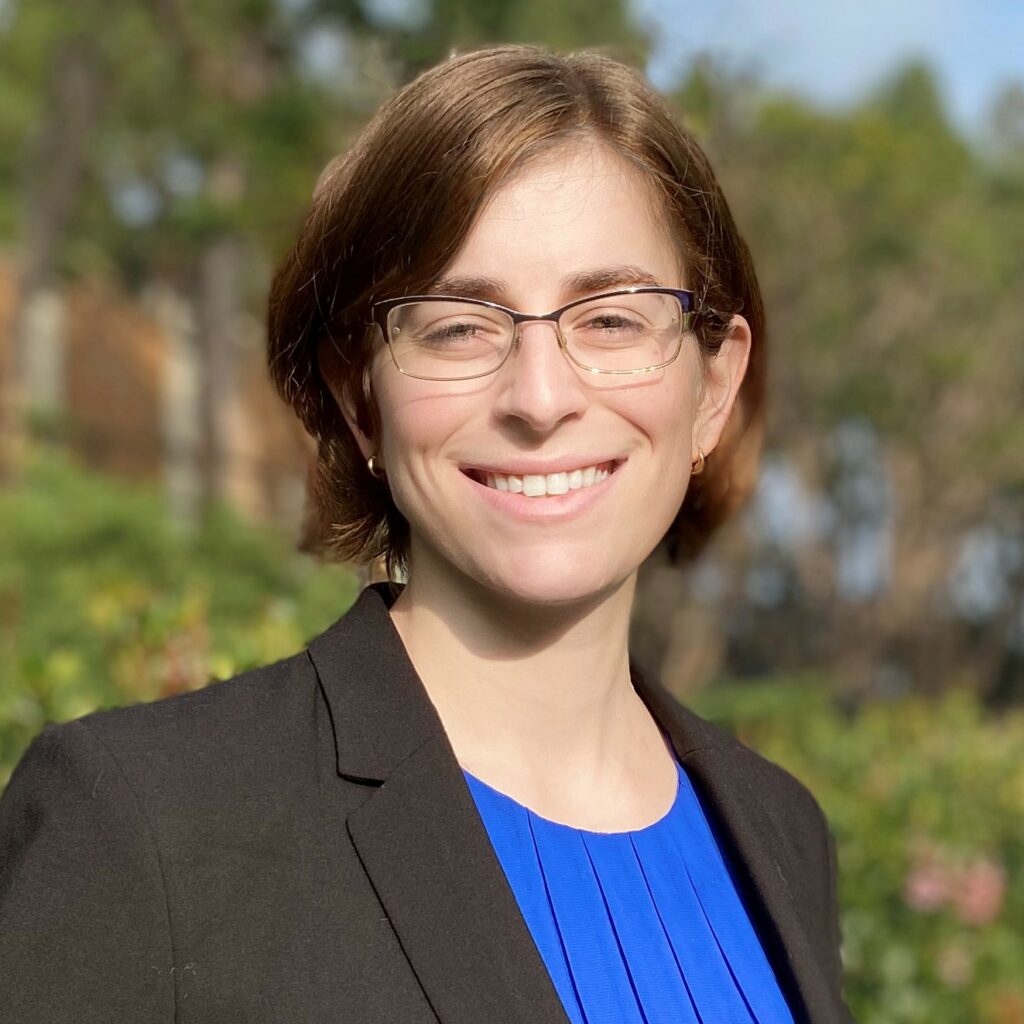
Taylor Lonner
Taylor Lonner is an undergraduate researcher developing a novel laboratory model called the Coreaboloid to simulate low latitude rapidly rotating convective flows in Earth’s outer core. Employing the Xbee-Arduino wireless thermal data acquisition system she developed, Taylor tracks internal temperature variations in the working fluid. She is also implementing a high resolution thermographic camera into the system to make high spatiotemporal resolution temperature field measurements on the upper free surface of the convecting fluid layer. Her goals are to model the effects of the Coriolis force in this rapidly rotating turbulent system and, in doing so, to infer what sort of low latitude flow structures are present in Earth’s molten outer core.
Email: taylor.lonner@gmail.com
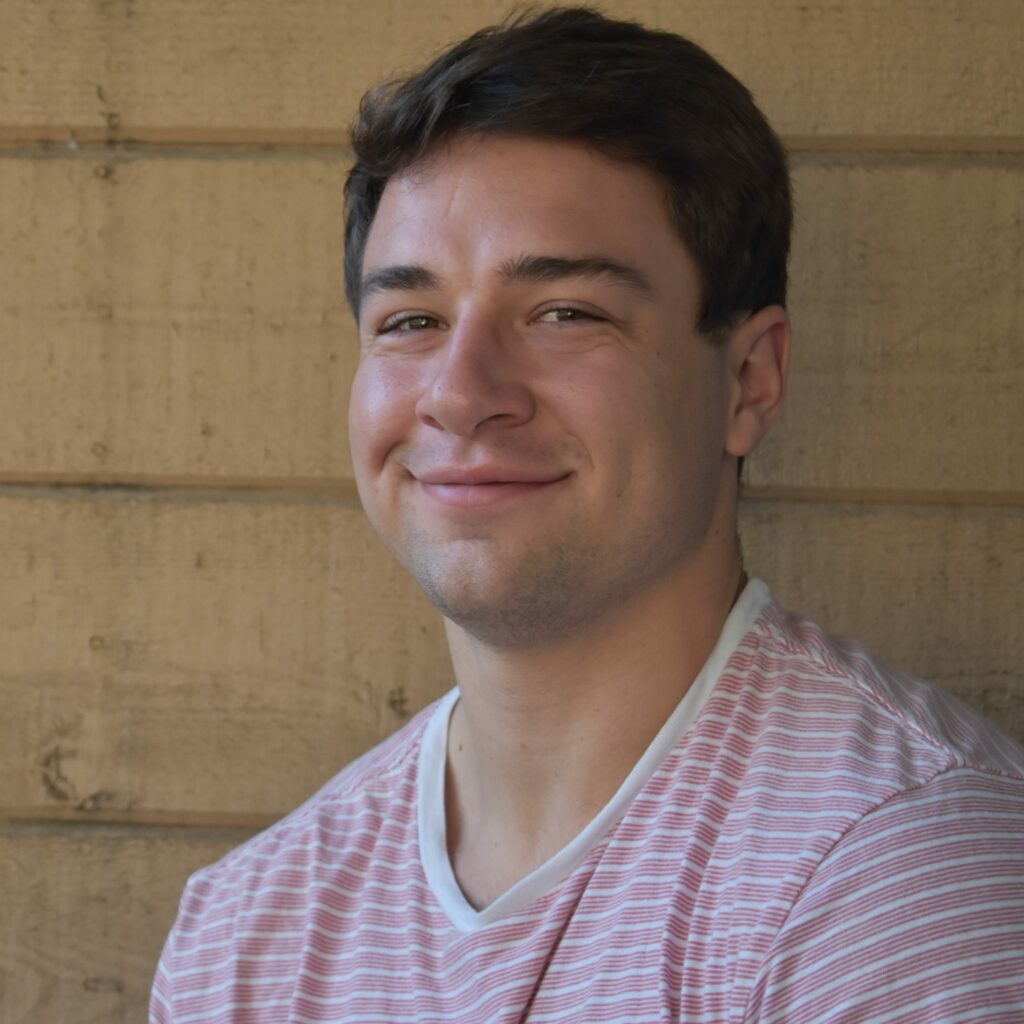
Sam May
In his time in SpinLab, Sam worked primarily on developing DigiPyRo, a python-based digital rotation software intended to help students gain intuition for the Coriolis force through digitally transformed rotating reference frames (https://github.com/sam-may/DigiPyRo [github.com]). He also worked on developing a continuous time-monitoring system for the NoMag experiment, and on a “coffee physics” outreach project (https://youtu.be/92AtL2_v244 [youtu.be]). Sam is now a PhD student in the physics department at UC San Diego, studying the interactions between the Higgs boson and the top quark as well as applications of machine learning to high energy physics.
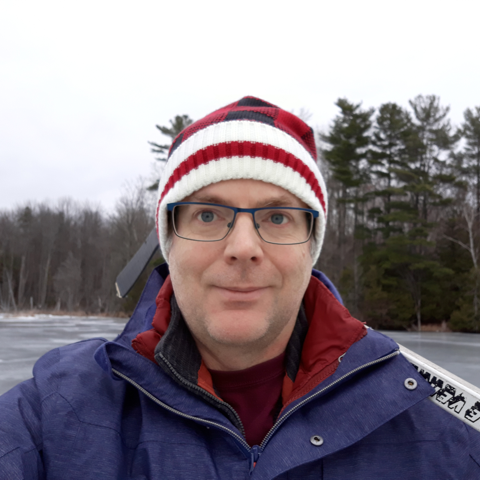
Jon Mound
Jon Mound is an Associate Professor in Geophysics at the University of Leeds. He studies fluid dynamics and geomagnetism to understand the dynamo within Earth’s core. He has collaborated with SpinLab, including a visit in 2017 that focused on understanding how the lateral variations in heat flux extracted by the mantle alter the dynamics of the core. This work found that regions of stratified fluid might accumulate at the top of Earth’s core. Indeed, these lenses could dominate the average structure of the outermost core.
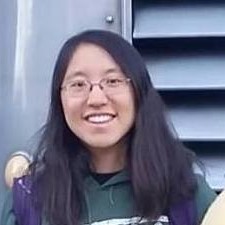
Tong Mu
In SpinLab, I worked on coding for the controls and data acquisition of the NoMag. I am currently a PhD student at Stanford University with a research focus on Artificial Intelligence and Reinforcement Learning.
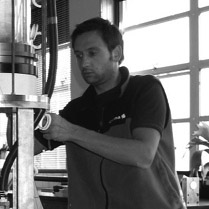
Jerome Noir
As a postdoctoral researcher in the lab, Jerome Noir was a key developer of the RoMag and libration experimental devices. Using the libration device, he carried out a series of studies relevant to our understanding of subsurface fluid dynamics on librating planetary bodies. He went on to conduct research in the Geomagnetism group at ETH Zurich. http://www.epm.ethz.ch/ http://www.epm.ethz.ch/research/experimental_studies/exp_lib
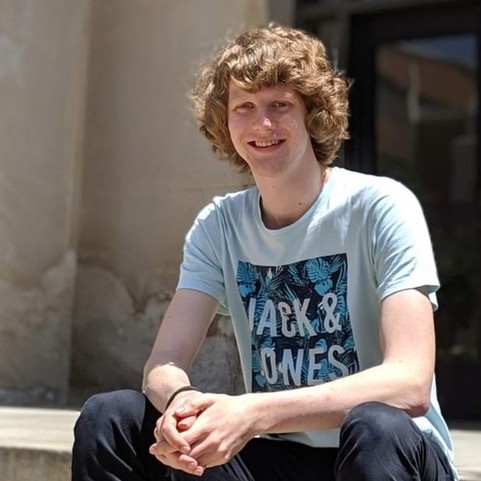
Sietze Oostveen
For my 3 month internship at UCLA in the summer of 2019, I worked in close collaboration with Jewel Abbate on the Calimero set-up (https://youtu.be/ETukkZyLHrQ), on which we took both velocity and heat transfer data to compare with predictions for rotating convection. I am graduating in the spring of 2020 with a masters degree in fluid dynamics from TU Eindhoven, researching cavitation in cooling systems at the Dutch company Demcon.
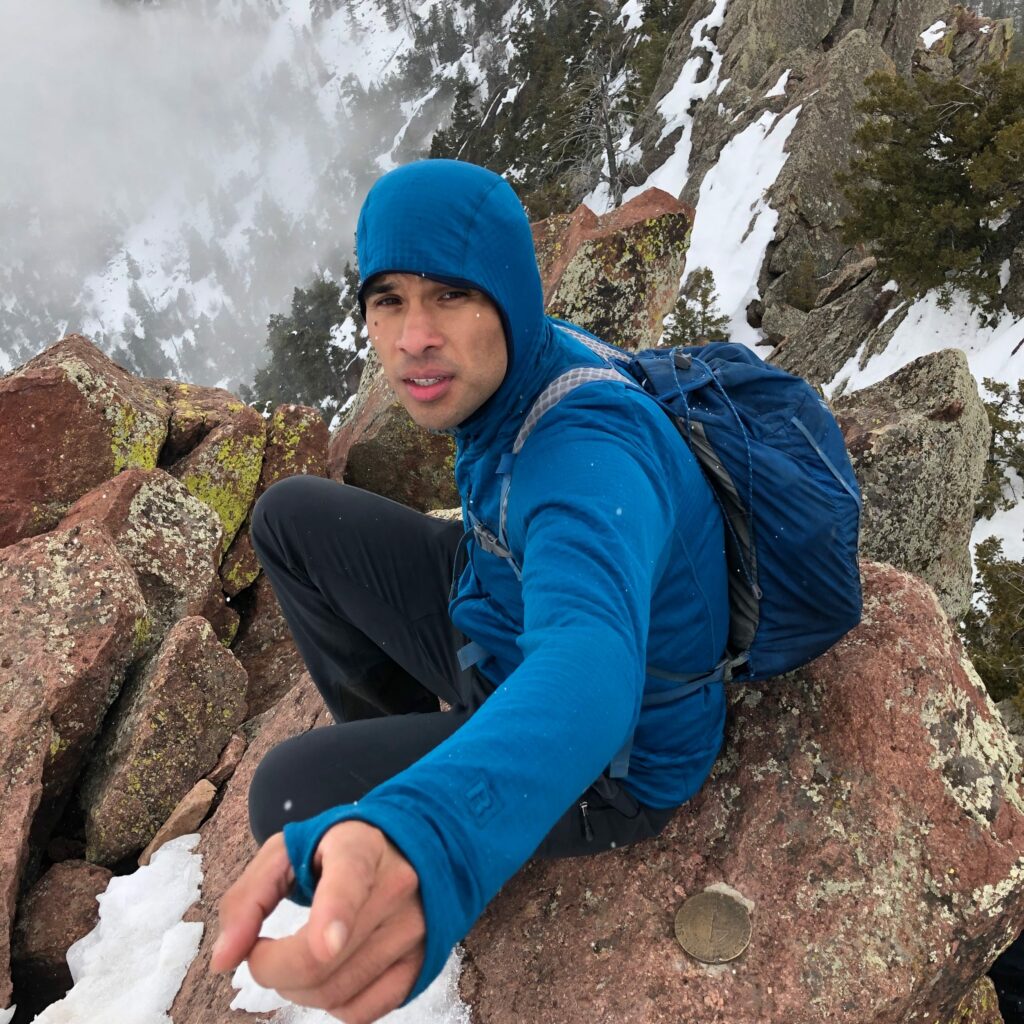
David Ortega
During his final year at UCLA (Physics BS 2015), David helped calibrate the laser Doppler velocimetry (LDV) system for use on the NoMag device. After graduating he spent the next three years climbing and managing a climbing gym in northern California. David then moved to Houston to enters a Masters Degree program in Physics, which he completed in 2020. His thesis investigated the effects of surface plasmon resonance on bacteria morphology. Email:dsortega@ucla.edu

Tim Pilegard
I worked on installing the LDV on NoMag and on correcting for refraction effects for the different diameter cylindrical tanks in 2014, along with David Ortega and Austin Chadwick. I earned my Master’s at University of Delaware in Physical Ocean Science and Engineering in 2017 and am currently a Field Engineer for L3Harris OceanServer focusing on autonomous underwater vehicle research and development testing in San Diego.

Una Schneck
In 2019 – 2020, Una built an Arduino-based laboratory scale model of the HP3 thermal probe on NASA’s InSight mission to Mars. This experiment was successfully used in Prof Aurnou’s Winter 2019 advanced computing class. Armed with an NSF Graduate Fellowship, Una is heading to MIT for her Ph.D. work in the fall of 2020.
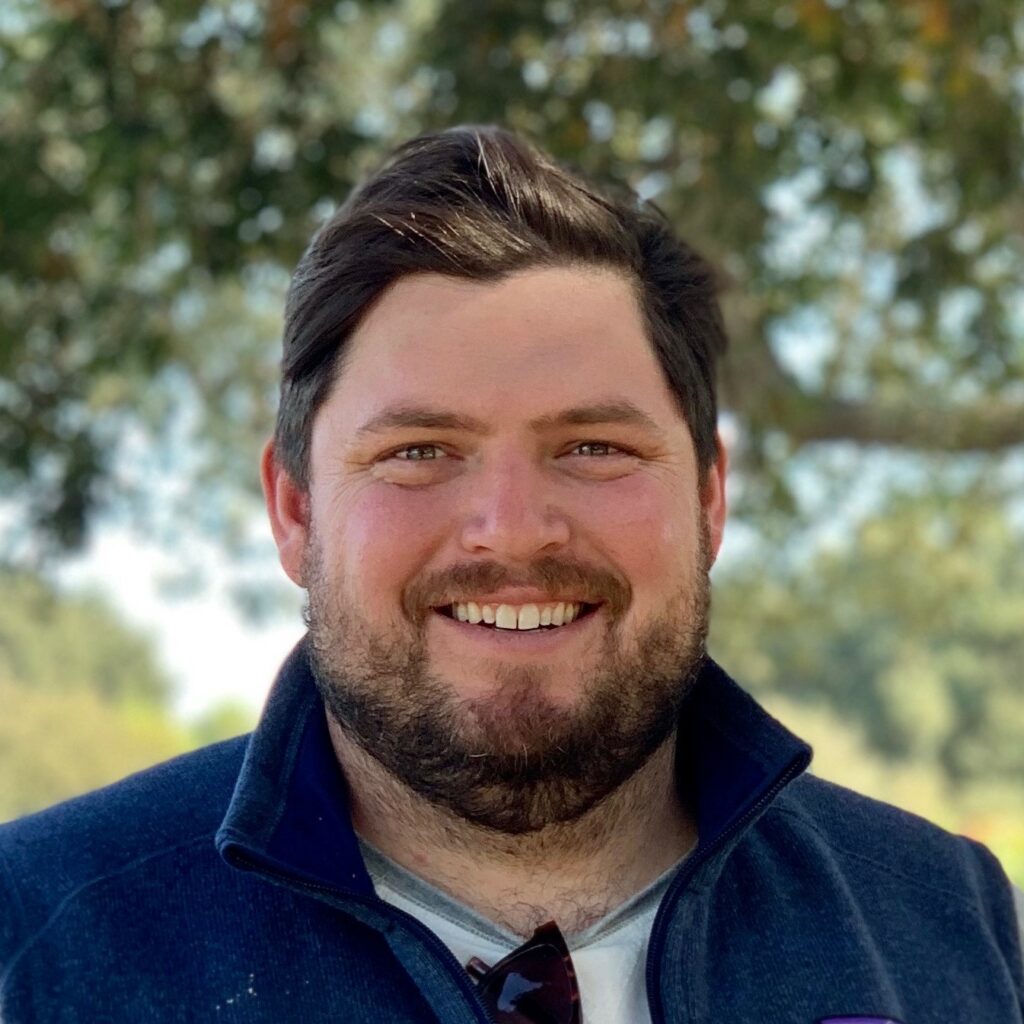
Peter Shimer
Peter Shimer: As an undergraduate research assistant, Peter Shimer developed demonstration experiments using LabView for the undergraduate Computing for Geoscientists course in 2012. One of the demonstrations, an analog model of a transiting exoplanet (https://youtu.be/7yVZTgmW5QM), was given the 2013 College Engineering Technology Award from Vernier (https://www.vernier.com). Peter went on to study the Palos Verdes Fault Zone through offshore seismic imaging for his M.S. in Geology at CSULB and currently works as an environmental geologist in Long Beach, CA. http://www.vernier.com/grants/engineering/2013-winners/
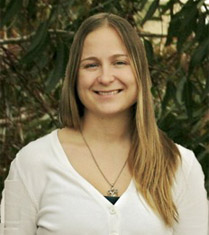
Krista Soderlund
For her Ph.D. work, Krista Soderlund developed a novel numerical model of turbulent dynamo action in the Ice Giants, Uranus and Neptune. She also carried out a massive suite of geodynamo models, which demonstrated the importance of viscous effects in present-day simulations. Krista was awarded a postdoctoral fellowship at Institute for Geophysics at the University of Texas, Austin, where she generated a model of sub-surface ocean convection for Europa, published in Nature Geoscience. http://www.ig.utexas.edu/people/staff/krista/ http://www.jsg.utexas.edu/researcher/krista_soderlund/
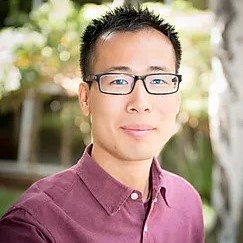
Steffen Tai
Steffen worked on designing the LabVIEW controls for the NoMag experiment, along with Chirag Jariwala in 2013 – 2014. This work included writing algorithms to acquire temperature data and rotational stage controls. He is currently finishing his doctoral work in the Mechanical and Aerospace Engineering Department at UCLA. In 2020, Steffen will join the Aerospace Corporation as a Structural Engineer. Email:
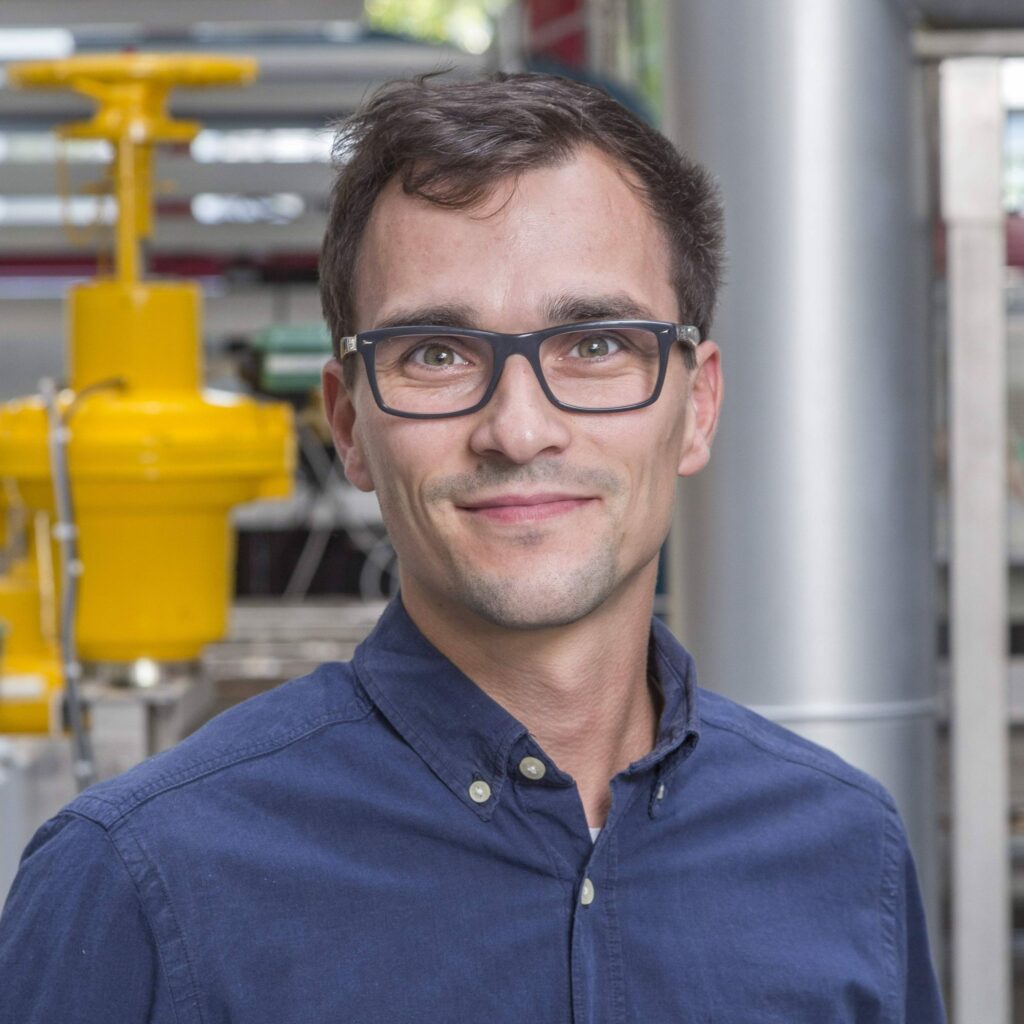
Tobias Vogt
Tobias visited UCLA as a postdoc in the spring of 2017. Together with Alex Grannan, he performed acoustic Doppler velocity measurements of convective flows in liquid gallium. He is now a researcher at the Helmholtz-Zentrum Dresden-Rossendorf where he carries out a variety of liquid metal experiments relevant to geophysical, astrophysical and industrial systems.
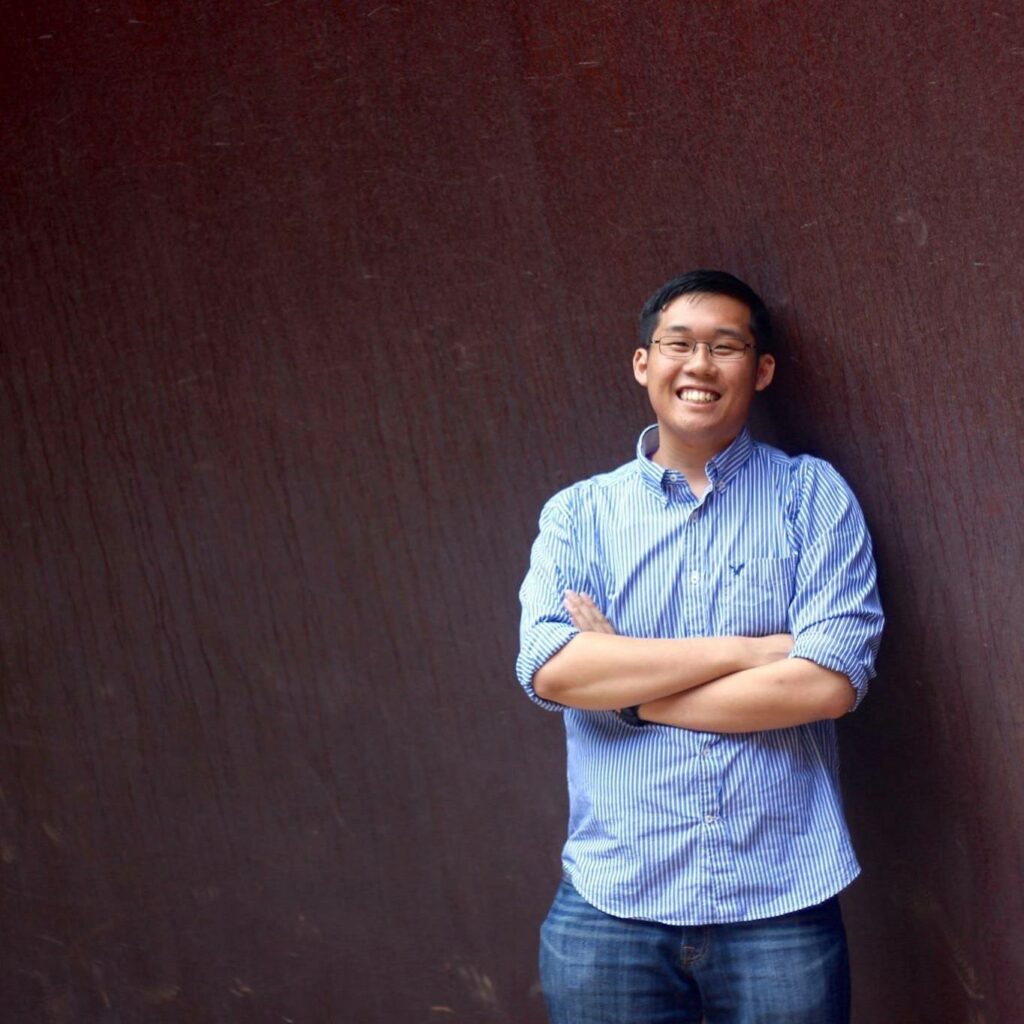
Anthony Vong
As a UCLA MAE undergraduate, Anthony Vong was part of the fabrication team that developed the NoMag tank filling system. He also designed a laser doppler velocimeter mount for the device. Anthony now works in aerospace as a Systems Engineer at Northrop Grumman in Redondo Beach, CA.
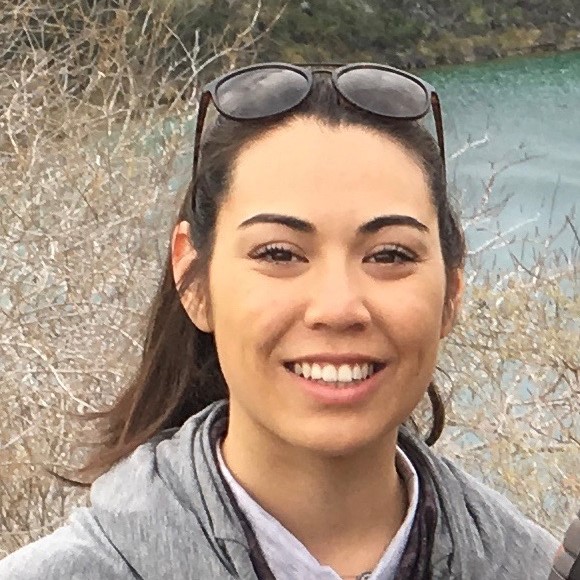
Abigail Wesley
From 2015-2016, Abby Wesley worked with fellow undergraduate EPSS student, Drew Levy, and Dr. Aurnou to design a curriculum and course reader for the Matlab for Geoscience Students course (EPSS 71). This project consisted of creating lesson plans, figures, and homework assignments that were used to complement existing course materials. Currently, Abby is completing an M.Sci. degree in Geology at the USC. Her research integrates geologic mapping, geochronology, and geochemistry to investigate the Mesozoic structural evolution of the Sierra Nevada batholith. Email: awesley@usc.edu
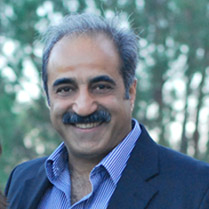
Afshin Yaghmaei
Engineer Afshin Yaghmaei did the electromechanical debugging on many of the essential systems on the RoMag device, including the re-design and fabrication of a number of sub-systems. He now teaches mathematics in Orange County, CA.
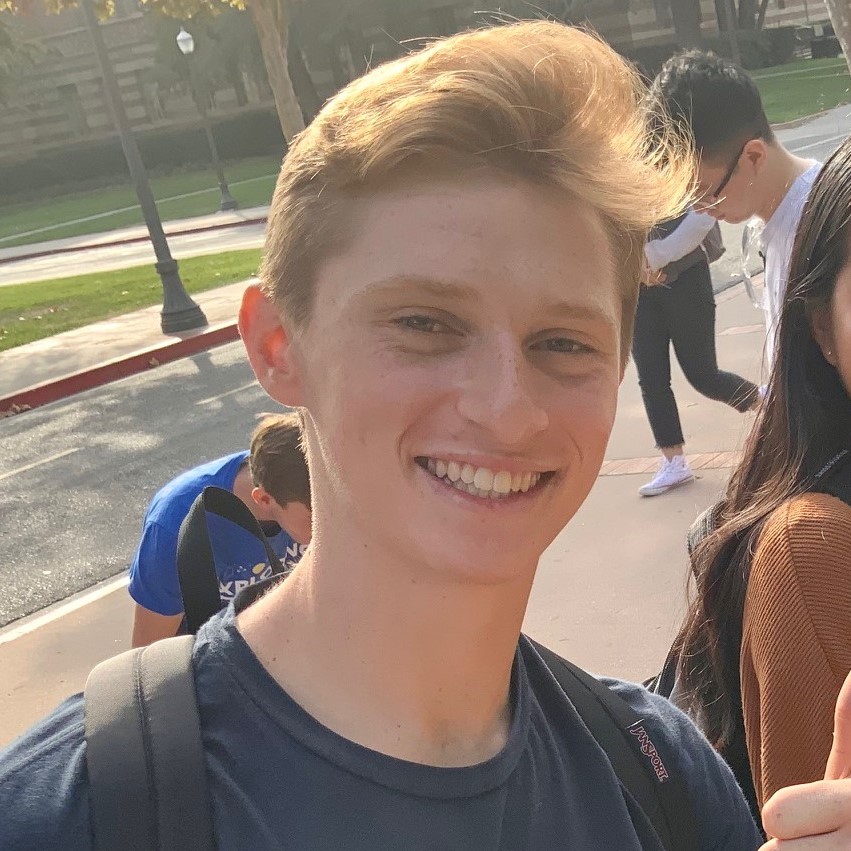
Jake Ehret
Jake Ehret is currently pursuing a B.S. in UCLA’s Department of Physics and Astronomy. He became a member of the SpinLab team since the fall of 2019, when he oversaw the placement and installation of a new 10 kW chiller for the NoMag device. His next project focused on running the Coreaboloid device in collaboration with Taylor Lonner. Once the Coreaboloid was fully operational, Jake used this device to simulate planetary atmospheric dynamics. Outside of physics, Jake minored in French and was elected Vice President of UCLA Men’s Club Soccer for the 2020-21 school year.
